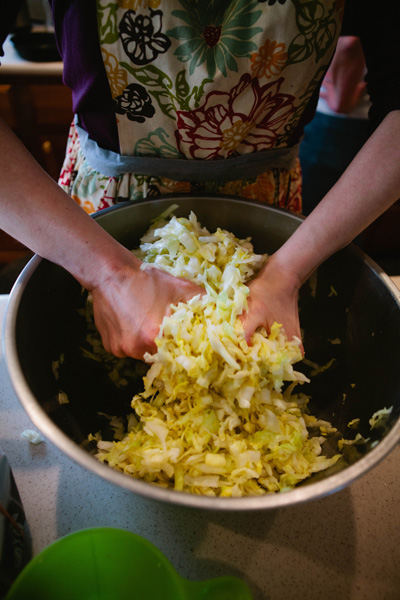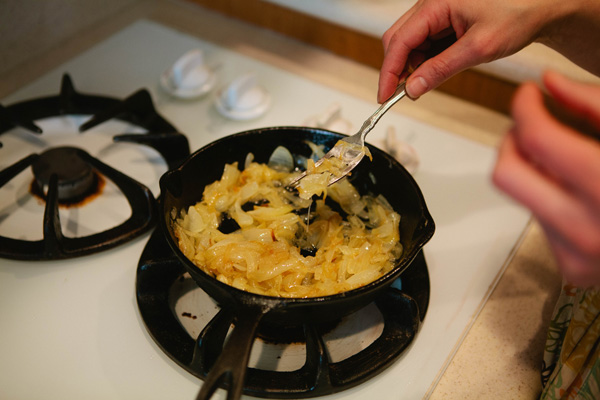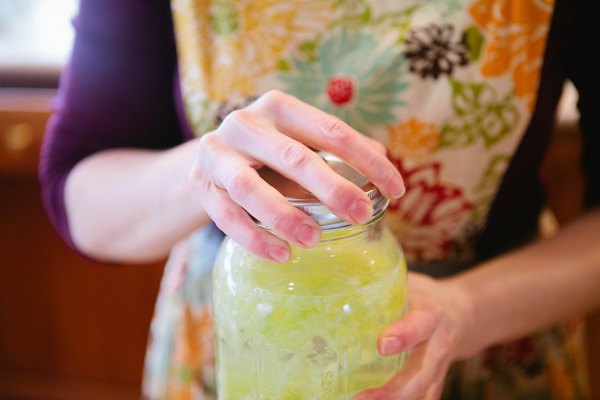Meatballs are a simple way to add variety to your diet. They can also be a great way to get your kids to eat vegetables! Add finely chopped onions, zucchini, peppers, etc. in to your meatballs to add vegetables.
I’m making these meatballs with lamb burger but you can do it with any kind of burger.
If you have a lean cut, make sure you add fat! I prefer to not use a lean cut; it’s better for your health! Remember, fat is your friend.
My preferred way of making meatballs is to parboil them.
An added benefit of rolling lamb meatballs is the lovely lamb tallow on your skin! Tallow is fat and lamb tallow is the best for your skin. Your hands will be soft, moisturized, and waterproof after rolling your meatballs.
Ingredients for GAPS Friendly Lamb Meatballs
1 lb ground lamb
Salt
Directions for GAPS Friendly Lamb Meatballs
Heat ½ inch of water in a pan.
Roll your lamb into inch sized balls. You can make your meatballs any size, just make sure they’re consistently sized.
Add your meatballs into your pan with water.
Turn your meatballs with a fork to continue to cook on all sides. Salt your meatballs generously.
As you turn them, continue to salt the meatballs.
After approximately five minutes, when you think your meatballs are done, cut one open to check it if it is done.
Continue to add water, meatballs, and salt in batches until you have cooked your desired number of meatballs.
Enjoy!

Cast Iron Parboiled Lamb Meatballs
ingredients:
- 1 lb ground lamb
- Salt
instructions:
How to cook Cast Iron Parboiled Lamb Meatballs
- Heat ½ inch of water in a pan.
- Roll your lamb into inch sized balls. You can make your meatballs any size, just make sure they’re consistently sized.
- Add your meatballs into your pan with water.
- Turn your meatballs with a fork to continue to cook on all sides. Salt your meatballs generously.
- As you turn them, continue to salt the meatballs.
- After approximately five minutes, when you think your meatballs are done, cut one open to check it if it is done.
- Continue to add water, meatballs, and salt in batches until you have cooked your desired number of meatballs.
- Enjoy!














































































































































